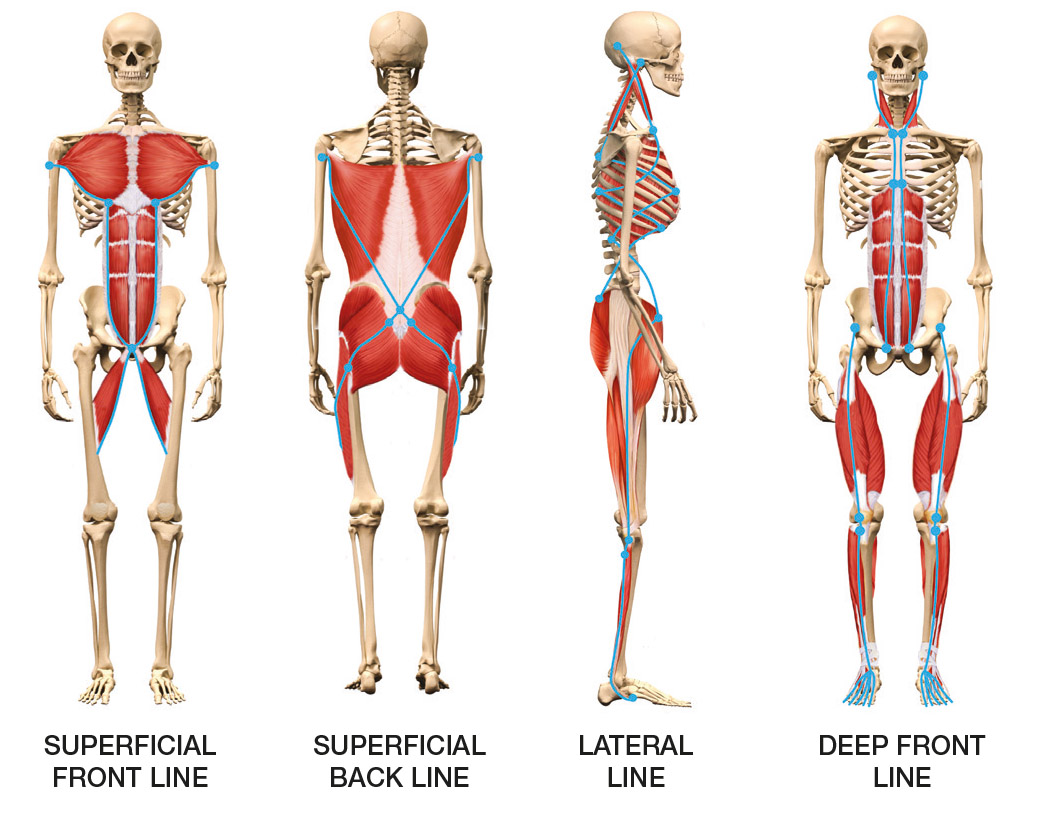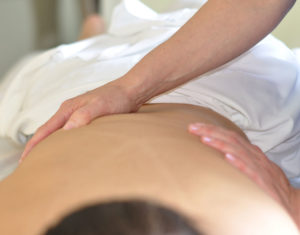One of the fundamental principles I use in my work is called “tensegrity”. It is a term coined by Buckminster Fuller, an architect, to explain the inherent tension and integrity of structures in the universe. One simple definition is:” a concept in architecture and biology where a balance of tension and compression results in maximum efficiency and economy.”
Tom Myers, author of Anatomy Trains, explains the concept in the video below:
Rather than thinking of the body like a building of bricks stacked on top of one another and the bones and muscles working like levers of a machine, the human body actually functions more like an elaborate balloon, with the soft tissue holding the skeleton in place with sustained tension.
Donald Ingber, a biologist at Harvard University, has demonstrated that this principle of tensegrity occurs at the cellular level, at the microscopic level of organization, not just in the gross anatomical structure of the body. “I’m a person who has always had a strong sense of how things work by looking at them,” Ingber says. “I’m very mechanically minded.” Ingber’s mechanical bent led to an early fascination with the work of another rugged individualist, R. Buckminster Fuller, in particular the concept of “tensegrity,” the complementary interplay of compression and tension that underlies the elegance and strength of Fuller’s geodesic domes.
While a Yale undergraduate, Ingber encountered in an art class the sculptures of Kenneth Snelson, in which pipes and wires, intricately arranged according to principles of tensegrity, create airy yet rigid forms that rise improbably into space. For Ingber, who was doing tissue culture experiments on metastasis with Alan C. Sartorelli, Ph.D., in the Department of Pharmacology at the time, Snelson’s pipes and wires called to mind the actin filaments and microtubules that make up the cytoskeleton—the internal scaffolding of the cell.”
When we imagine the body in this tensegrity model, we can understand how it is really all connected, how important the balance of tension and compression can be. My goal as a therapist is to bring my clients closer to the feeling their body being a perfect hammock: tight enough to feel strong and hold them up, and loose enough to feel supportive and allow freedom of movement.


